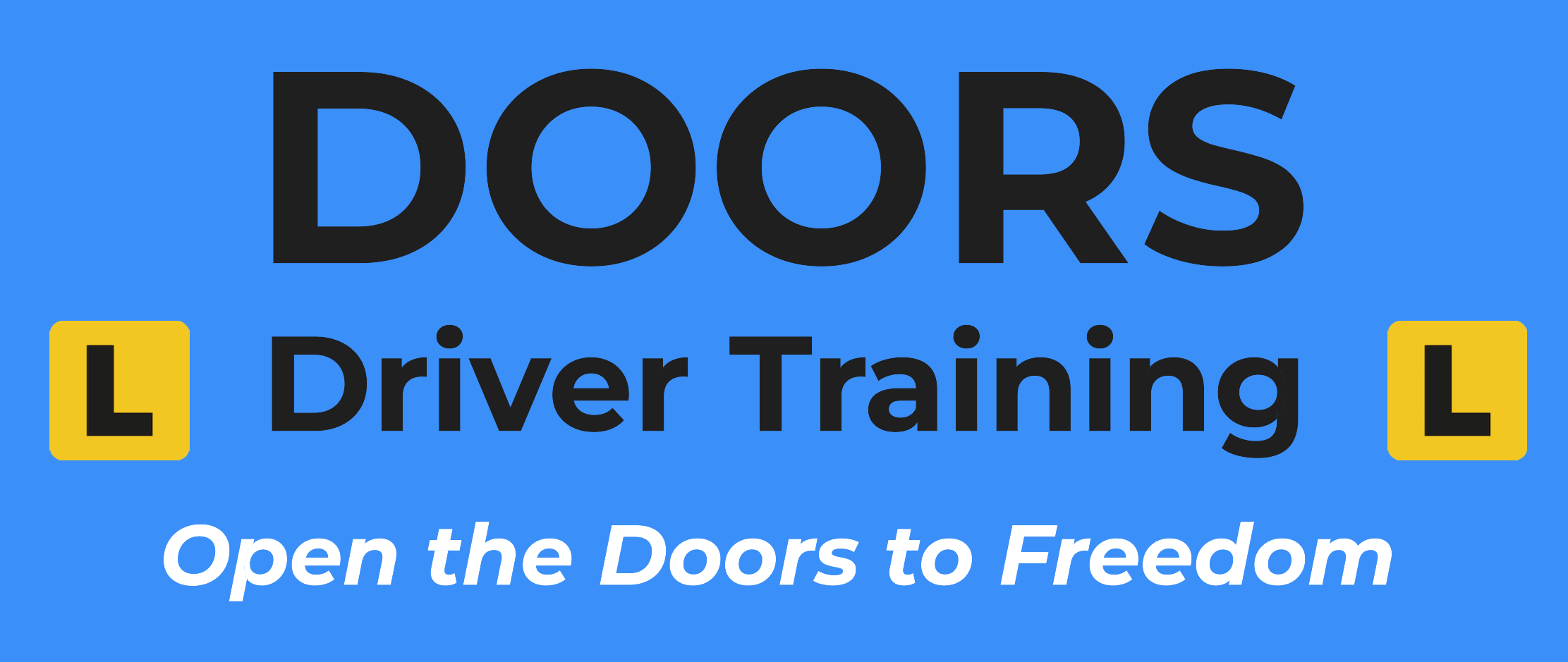Negotiate a range of intersections.
GENERAL
- Observes all road signs and markings at intersections.
- Selects correct lanes and lane positions.
- Identifies, in advance, type and status of intersection controls.
- Early observation of traffic signals to anticipate possible changes
- Identifies, and reacts appropriately, to other road users.
- Abides by intersection blocking rule.
- Applies, in all situations, the system of vehicle control.
- Understands and applies correctly, in all intersections, the give way rule.
TURNING LEFT – UNCONTROLLED INTERSECTION
- Checks mirrors (entry and exit).
- Indicates, irrespective of traffic conditions.
- Appropriate speed throughout turn.
- Positions vehicle as close as practicable to the left and, if necessary, stops in correct position.
- Searches intersection before proceeding.
- Applies the give way rule and proceeds only when safe to do so.
- Gap selection reflects speed and position of intersecting traffic.
- Maintains correct lane position throughout turn.
- Accelerates steadily and smoothly to road speed after completing turn.
TURNING RIGHT – UNCONTROLLED INTERSECTION
- Checks mirrors (entry and exit).
- Indicates early, irrespective of traffic conditions.
- Appropriate speed throughout turn.
- Positions vehicle to left of centre line and, if necessary, stops in correct position.
- Searches intersection before proceeding.
- Applies the give way rule and proceeds only when safe to do so.
- Gap selection reflects speed and position of intersecting traffic.
- Maintains correct lane position throughout the turn.
- Accelerates steadily and smoothly to road speed after completing turn.
TURNING LEFT – CONTROLLED INTERSECTION
- Checks mirrors (entry and exit).
- Indicates intentions early, irrespective of traffic conditions.
- Adopts correct lane position to make the turn.
- Appropriate speed throughout turn.
- Searches intersection before proceeding (even if holding the right of way).
- Obeys all controls (give way, stop, traffic signals, police officers) and if required to stop does so in correct position.
- Gives way to pedestrians.
- Maintains correct lane position throughout the turn or turns into correct lane.
- Accelerates steadily and smoothly to road speed after completing turn.
TURNING RIGHT – UNCONTROLLED INTERSECTION
- Checks mirrors (entry and exit).
- Indicates intentions early, irrespective of traffic conditions.
- Adopts correct lane position to make the turn
- Appropriate speed throughout turn.
- Searches intersection before proceeding (even if holding right of way).
- Obeys all controls (give way, stop, traffic signals, police officers) and if required to stop does so in correct position.
- Applies the Give Way rule and proceeds only when safe to do so.
- Gap selection reflects speed and position of intersecting traffic.
- Maintains correct lane position throughout the turn or turns into correct lane.
- Any turning bays/flush medians/acceleration lanes are used correctly.
- Accelerates steadily and smoothly to road speed after completing turn.
GOING STRAIGHT – UNCONTROLLED INTERSECTION
- Checks mirrors (entry and exit).
- Adopts correct lane position early and holds lane through intersection.
- Appropriate speed throughout task.
- Searches intersection prior to proceeding (even if holding right of way).
- Obeys all controls (give way, stop, traffic signals, police officers) and if required to stop does so in correct position.
- Applies the Give Way rule and proceeds only when safe to do so.
- Gap selection reflects speed and position of intersecting traffic.
- Maintains correct lane position through the intersection
- Acceleration steadily and smoothly to road speed after negotiating the intersection
ROUNDABOUTS
- Check mirrors (entry and exit).
- Adopts correct lane position earlyand holds lane position through roundabout.
- Searches into roundabouts before entering and gives way to traffic from the right.
- Indicates intentions early.
- If moving straight through at a roundabout, only indicates left to exit the roundabout when passing the entry point immediately before the required exit.
- If turning left, signals left of approach and leaves on until roundabout has been exited.
- If turning right, signals right on approach and in the roundabout, then indicates left to exit when passing the entry point immediately before the required exit.
- If there are more than two lanes, uses the left lane for turning left and moving straight through and the right lane for turning right.
- Negotiates, where applicable, traffic signal/roundabout combinations safely.
- Speed reflects road and traffic conditions.
